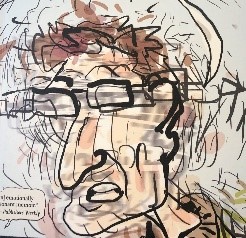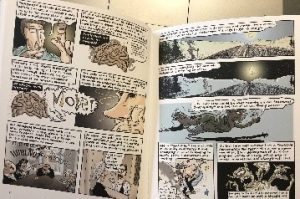My biggest understanding I got from reading Barclay’s article was that COVID-19 has a severe domino effect. What I mean by this is that there are multiple issues that arise within the hospital, economy, and even family households as a result of COVID-19. This article particularly discussed these issues within the hospital (which makes sense because receiving care is one of our top priorities). For example, Barclay claims that as young people get sick, then the elderly get sick, then ventilators and ICU beds run out, and finally hospitals reach their capacity limit. Yet, I sensed a lot of uncertainty as Barclay used words such as “plausible”, “may be” and “possible” when describing the spread of infection. I could imagine the fear experienced by healthcare workers. Their jobs were risky enough before the pandemic. Then, factoring in the unpredictable COVID-19 makes going to work at the hospital increasingly life threatening. Fear always comes with uncertainty, and every day COVID-19 presents itself with yet another unpredictable consequence. A negative feedback loop.
Even though I liked the practical approach Barclay took in explaining how we can safeguard the spread of COVID-19, I still found it frightening to see the numbers of people who’ve died from previous pandemics. I understood that each number listed was different. For example, not only did they reflect the lives of people, but they also reflect different stories, genders, age groups, and names. Thus, Barclay’s approach triggered the reader to start taking these circumstances more seriously.
She concludes her entire article by saying that one thing people can do is stay home, technically advising for everyone to self-quarantine. I’m glad that she gave the reader this final takeaway from her article. She leaves us with what is our responsibility in fighting this disease.
Barclay, Eliza, and Dylan Scott. “How Canceled Events and Self-Quarantines Save Lives, in One Chart.” Vox, Vox, 10 Mar. 2020, www.vox.com/2020/3/10/21171481/coronavirus-us-cases-quarantine-cancellation.

 Paragraph 2. Image to the right.
Paragraph 2. Image to the right.